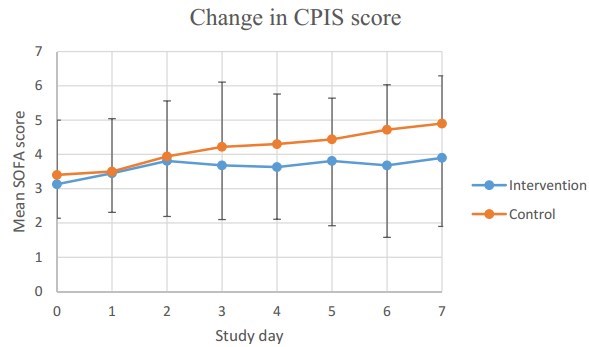10 fewer days of ICU Mechanical Ventilation 300,000 IU injection of vitamin D – RCT
Effect of High-Dose Vitamin D on Duration of Mechanical Ventilation in ICU Patients
Iran J Pharm Res. 2019 Spring;18(2):1067-1072. doi: 10.22037/ijpr.2019.1100647.
Miri M1, Kouchek M1, Rahat Dahmardeh A1, Sistanizad M2,3.
📄 Download the PDF from VitaminDWiki

Note - injections take several days to give a response.
Other methods, such as sublingual, are much faster and lower cost
The relationship of vitamin D3 with the duration of mechanical ventilation and mortality is still unknown. Therefore, this study aimed to determine the effect of using high-dose vitamin D on the duration of mechanical ventilation among the patients admitted to the intensive care unit. The current double-blinded clinical trial was performed on 44 mechanically ventilated, adult patients. Using permuted block randomization, the patients were recruited in intervention and placebo arms. In the placebo group, four patients were excluded due to death before 72 h. The vitamin D level was measured in both groups on entrance and 7th day of the study. The intervention and placebo groups received intramuscular injection of 300,000 IU vitamin D and identical placebo, respectively. SOFA and CPIS score were evaluated daily for 7 days and on 14th and 28th days of the study. Also duration of mechanical ventilation and mortality rate were recorded. Fourteen males and 8 females were recruited in the intervention group, as well as 13 males and 5 females in the control group. There was no significant difference in baseline characteristics of the patients including gender and age. The mean duration of the mechanical ventilation was 17.63 ± 14 days in the intervention group versus 27.72 ± 22.48 days in the control group (p = 0.06).
Mortality rate in control and intervention groups was 61.1% versus 36.3% (p = 0.00), respectively. Administration of high-dose vitamin D could reduce mortality in mechanically ventilated patients. Despite decrease of 10 days in duration of mechanical ventilation, the difference was not statistically significant. Larger studies are recommended.
